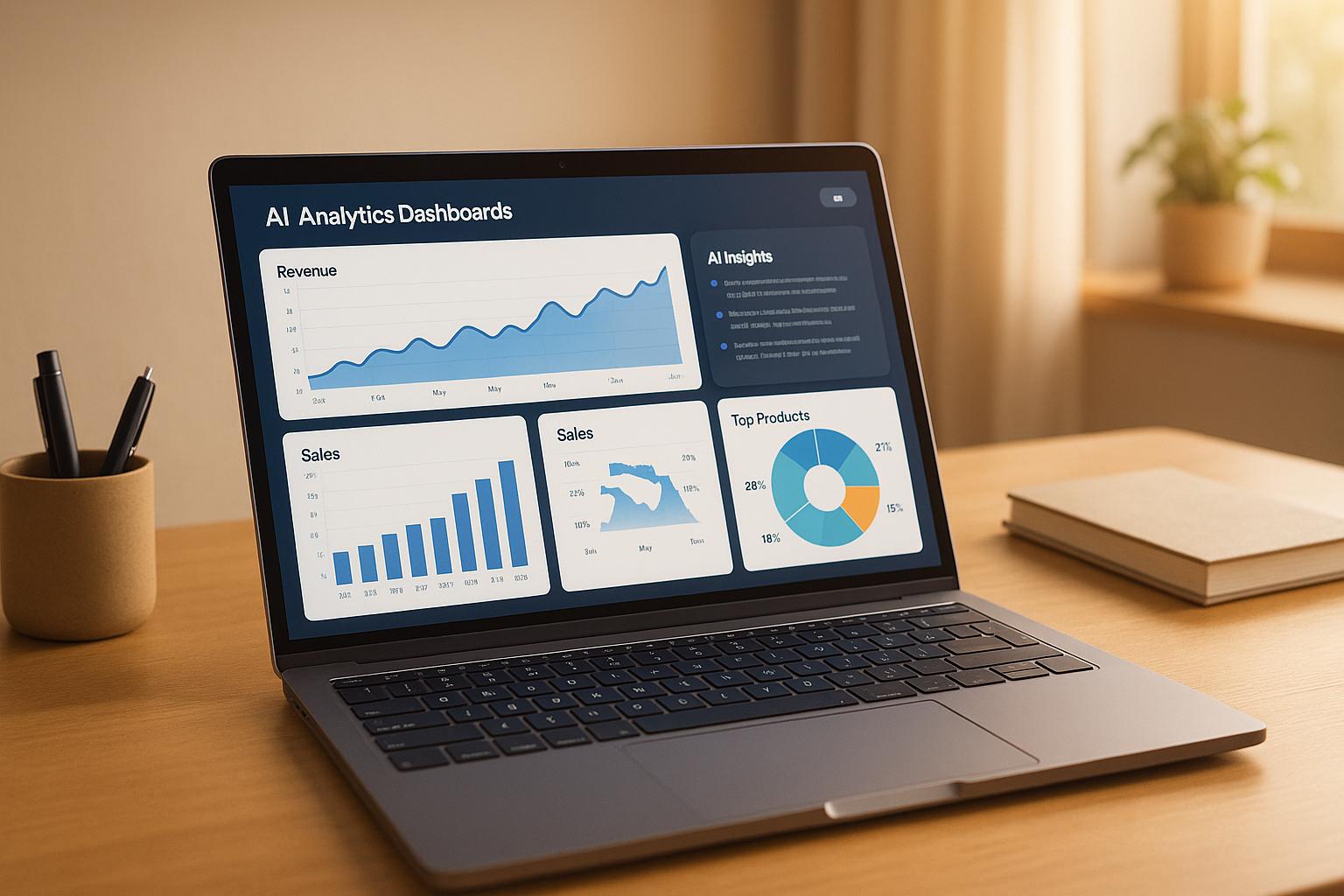
The EU AI Act Explained in Simple Language

The EU Srtificial Intelligence Act is Here
Have you ever wondered how AI (Artificial Intelligence) is changing our world?
From your smartphone’s voice assistant to self-driving cars, AI is everywhere.
But as cool as AI is, it can also be a bit tricky to handle. That's why the European Commission has introduced new regulation on the provision and use of artificial intelligence, the eu artificial intelligence act.
In this article I'll break down what the EU AI Act is all about, why it’s important, and how it affects businesses and developers. Let’s dive in!
Key Takeaways
- The EU AI Act is designed to ensure AI is used safely and ethically.
- It categorizes AI systems into four risk levels: Unacceptable, High, Limited, and Minimal Risk.
- Businesses must follow strict rules for high-risk AI systems.
- Non-compliance can result in hefty fines.
- The Act aims to balance innovation with safety, fostering public trust in AI.

Background
Historical Context
First, a little history lesson. The EU has always been big on making sure technology is safe and fair for everyone.
Over the years, they’ve created rules to protect your data and privacy online.
The EU AI Act is their latest effort, focusing on AI and its unique challenges and opportunities.
The Need for Regulation
Why do we even need rules for AI? Well, as AI gets smarter, it can do things that were once only possible for humans. This is great but also scary. How do we make sure AI is fair? How do we protect our personal info? And what if an AI system messes up? The EU AI Act aims to answer these questions with a set of rules for how AI should be used.
Key Provisions of the EU AI Act
Scope and Objectives
The EU AI Act is all about making sure AI is used safely and ethically. It applies to a wide range of AI systems, from simple chatbots to complex algorithms.
Risk-Based Classification
The Act sorts AI systems into four categories based on their risk level:
- Unacceptable Risk: These AI systems are banned because they’re too dangerous—like AI that tries to manipulate human behavior in harmful ways. Example: social scoring systems are a no-go in the European ai law.
- High Risk: These systems can be used but must follow strict rules. Think of AI in medical devices or self-driving cars.
- Limited Risk: These systems have fewer rules but still need to be transparent. For example, an AI that recommends movies. ChatGPT team and other general-purpose ai models or Large Language Models (LLMs) fall into this category.
- Minimal Risk: These systems face the least restrictions. This includes everyday AI applications like spam filters.
Compliance Requirements
If you’re working with high-risk AI systems, you have to follow some strict guidelines. This means testing your AI thoroughly, keeping detailed records, and being transparent about how your AI makes decisions. You also need a plan to fix problems if they pop up.
Enforcement and Penalties
What happens if a company doesn’t follow these rules? They can face big fines. This makes sure everyone takes the regulations seriously and prioritizes ethical AI development.
Implications for Businesses and AI Developers
Impact on Innovation
The EU AI Act tries to balance innovation with safety. Yes, the rules may make things a bit harder for developers, but they also create a trustworthy environment for AI. This can ultimately benefit businesses by increasing public confidence in AI technologies.
Compliance Strategies
Here are some tips for businesses to comply with the EU AI Act:
- Stay Informed: Keep up with the latest regulations and guidelines.
- Invest in Training: Make sure your team understands the rules and how to follow them.
- Use Ethical AI Tools: Utilize tools that help you develop AI responsibly.
- Maintain Transparency: Be open about how your AI systems work and how they make decisions.
Implementation of the AI Act
Getting Ready for Change
Implementing the EU AI Act is no small feat, but it’s essential for ensuring that AI technologies are used safely and ethically. So, how do we go about making this happen? Let’s break it down.
Step 1: Understanding the Rules
The first step is to get familiar with what the EU AI Act actually says. This means understanding the different risk categories (Unacceptable, High, Limited, and Minimal) and what each one entails. Companies and developers need to know which category their AI systems fall under and what specific rules they need to follow.
Step 2: Building a Compliance Plan
Once you know the rules, the next step is to build a compliance plan. This plan should outline how your company will meet the requirements of the EU AI Act. Here are some key components:
- Risk Assessment: Conduct a thorough assessment to determine the risk level of your AI systems.
- Documentation: Keep detailed records of how your AI systems work, how they were tested, and how they comply with the regulations.
- Transparency: Be clear about how your AI systems make decisions. This means explaining the algorithms and data used.
- Human Oversight: Ensure there is a mechanism for human oversight, especially for high-risk AI systems.
Step 3: Training and Education
Your team needs to be on board with these changes. Invest in training programs to educate your employees about the new rules and how to comply with them. Everyone, from developers to project managers, should understand the importance of these regulations.
Step 4: Testing and Validation
Before rolling out your AI systems, you need to test and validate them thoroughly. This involves:
- Performance Testing: Ensuring that your AI system works as intended.
- Safety Testing: Making sure the AI system doesn’t pose any risks to users or society.
- Fairness Testing: Checking that the AI system doesn’t discriminate against any group of people.
Step 5: Ongoing Monitoring and Updates
Compliance doesn’t end once your AI system is up and running. Continuous monitoring is crucial to ensure ongoing compliance. Here’s what you can do:
- Regular Audits: Conduct regular audits to check for compliance with the EU AI Act.
- Update Processes: Keep your compliance processes and documentation up to date as regulations evolve.
- Feedback Loop: Create a system for users to report issues, and use this feedback to improve your AI systems.
Step 6: Collaboration and Support
It’s essential to work together with other stakeholders, including industry peers, regulatory bodies, and AI ethics boards. Collaboration can help you stay ahead of regulatory changes and share best practices.
Key Things to follow the European Union Act:
- Understand the Rules: Know which risk category your AI falls under and what rules apply.
- Create a Compliance Plan: Outline how you’ll meet the EU AI Act requirements.
- Educate Your Team: Ensure everyone understands the importance of compliance.
- Test Thoroughly: Validate your AI systems for performance, safety, and fairness.
- Monitor Continuously: Keep an eye on your AI systems and update processes as needed.
Implementing the EU AI Act might seem daunting, but it’s a crucial step for the future of AI. AI governance becomes crucial for every business looking to provide generative AI or other AI systems in the EU market. By following these guidelines, businesses can ensure their AI systems are safe, ethical, and trusted by the public. This, in turn, can drive innovation and growth in a responsible and sustainable way.
BrainChat allows you to use ChatGPT (and other LLMs) in an organized, secure & collaborative way.
Ethical and Societal Considerations
Ethical AI Development
The EU AI Act promotes creating AI that is fair, respects people’s rights, and protects their privacy. This means making AI that doesn’t discriminate and is transparent about its processes.
Societal Impact
By regulating AI, the EU aims to build public trust in these technologies. When people trust AI, they are more likely to use and benefit from it, from better healthcare to smarter cities.
Global Perspective
Comparison with Other Regions
Different parts of the world have different takes on AI regulation. For instance, the United States focuses more on innovation and market forces, while China has strict controls based on national priorities. The EU’s approach is unique because it focuses strongly on ethics and human rights.
International Collaboration
AI is a global tech, so international cooperation is crucial. The EU AI Act could serve as a model for other countries and help pave the way for global standards in AI regulation.
Wrapping Up
The EU AI Act sets out rules to make sure AI is used safely and ethically. It classifies AI systems based on their risk, sets strict guidelines for high-risk AI, and imposes penalties for not following the rules. The goal is to balance innovation with safety and build public trust in AI.
Future Outlook
As AI continues to evolve, so will the rules that govern it. The EU AI Act is likely just the beginning. Ongoing discussions between stakeholders, policymakers, and the public will shape the future of AI regulation, ensuring these powerful technologies benefit everyone.
References and Further Reading
For those interested in diving deeper into the topic, here are some useful resources:
- European Commission's official page on the EU AI Act
- OECD AI Policy Observatory
- The Future of Life Institute: AI Policy
Turbocharge your team with BrainChat AI
Teams using BrainChat report a 40% boost in task completion speed. Imagine what your team could achieve.
%20(1).png)



